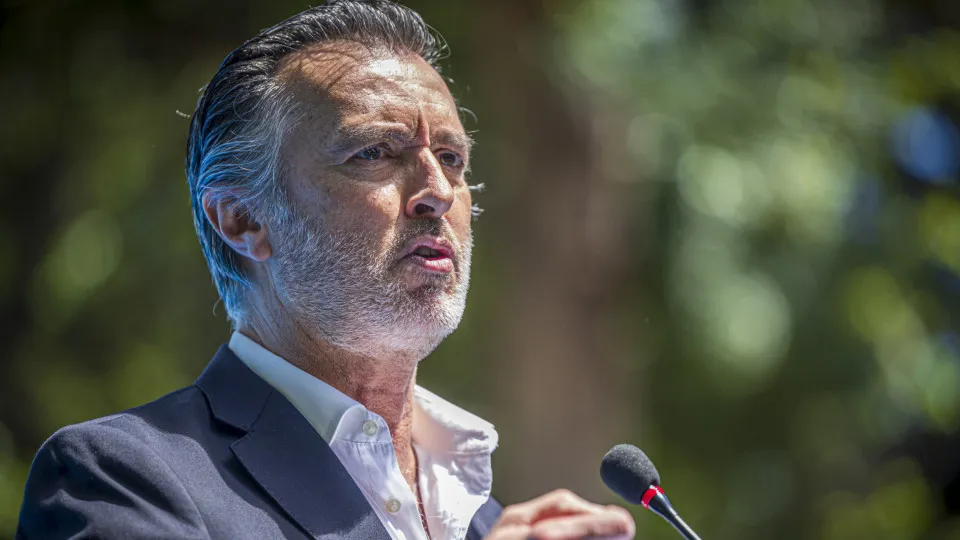The proposed Economic and Social Plan and State Budget (PESOE) for 2026, approved by the Government and set for parliamentary discussion in the coming days, projects economic growth following a 2.9% expansion initially forecast for this year and 2.2% in 2024. Both forecasts were affected by post-election unrest after last October, which followed a 5% growth in 2023.
The Government forecasts a nominal GDP of 1.544 trillion meticais (€20.7 billion) for this year, while it was 1.453 trillion meticais (€19.5 billion) in 2024.
Under the PESOE macroeconomic assumptions for 2026, the Government anticipates an annual inflation rate of 3.7%, down from 7% expected this year, 3.2% in 2024, and 7.1% in 2023, with Net International Reserves covering 4.4 months of estimated import needs next year, compared to 4.7 months this year and five months in 2024.
The budget proposal targets export growth from $8.231 billion (€7.063 billion) this year to $8.436 billion (€7.239 billion) in 2026, below the volume of imports, which are expected to increase from $9.254 billion (€7.940 billion) to $9.549 billion (€8.194 billion) over the same period.
The goal is to “ensure a balance between the importance of consolidating public accounts to stabilize debt indicators, providing fiscal space to address productive investment needs,” said the Secretary of State for the Treasury and Budget in September regarding the 2026 budget proposal.
“However, this consolidation effort must not neglect the need to create conditions in terms of resource allocation for investment, to allow the economy to continue growing,” he added.
Amílcar Tivane acknowledged that international shocks and geopolitics influence Mozambique’s forecasts in the PESOE for the coming year.
“To face these challenges, we will continue working on rationalizing expenses, with the control of the payroll and stabilization of debt charges being two cornerstones of this process,” he explained, also recognizing that spending represents a “critical domain” of the 2026 PESOE.
“For 2026, we are planning a budget with an expenditure level around 32% of GDP, state revenues around 28% of GDP, and a fiscal deficit around 6% of GDP,” detailed the Secretary of State, assuring that the difference will be financed through donations, internal and external borrowing, but with “greater restraint to minimize risk.”
The Government previously projected a deficit of 5.6% of GDP for this year.
Amílcar Tivane further detailed that fiscal policy objectives for 2026 “will continue to revolve around the need to strengthen fiscal credibility and transparency” as well as “implement or accelerate a set of reforms to boost revenue collection.”




